Astronomers have long been familiar with the image of white dwarf stars, often likened to "cosmic vampires," sucking matter from nearby companion stars.
This process, which typically ends in a supernova explosion that destroys both celestial bodies, has been studied extensively.
However, a recent discovery from the California Institute of Technology (USA) is revealing a surprising secret: the existence of a third star, acting as a silent "matchmaker" in these systems.
The illustration shows a white dwarf star pulling matter from a victim star (Image: Caltech).
The study, based on data from the European Space Agency's Gaia mission, has identified 50 triple-star systems containing variable stars. In these systems, two stars are close together, forming the main pair, while the third star orbits at a much greater distance.
Results from 2,000 computer simulations show that, in about 20% of cases, the gravitational pull of the third star altered the orbits of the binary star system, causing them to move closer together without going through the traditional gas shell phase.
The crucial role of the "third party"
Previously, astronomers believed that most variable stars formed through the evolution of a shared outer shell.
Accordingly, one star swells into a red giant and envelops its companion star.
When the two stars interact, this outer layer is pushed away, leaving a white dwarf orbiting a companion star at a close enough distance to begin the process of attracting matter.
The illustration shows ESA's Gaia mission observing the Milky Way (Image: ESA).
However, new findings suggest this model is not the only path. In the research team's simulations, in up to 60% of cases, the shared gas shell still forms but is triggered by the impact of a third star.
Only about 20% of the remaining cases are gas shells formed in the traditional way, without the involvement of a third star.
Notably, the research team predicts that up to 40% of catastrophic real-world events may originate from triple star systems. This figure is significantly higher than what observational data from Gaia has previously recorded.
The reason could be that many third stars are too far away or too faint to be detected, or have even been ejected from the system due to strong gravitational forces.
The data also shows that triple star systems with a third star orbiting more than 100 astronomical units (100 times the distance from Earth to the Sun) tend to be more prone to forming variable stars.
Researcher Kareem El-Badry shared: "For the past 50 years, astronomers have used a general gas shell model to explain the formation of variable stars. But now we've discovered that many such systems are actually the product of triple star interactions."
This discovery opens up a new avenue of research, challenging long-held assumptions about the evolution of star systems in the universe.
Source: https://dantri.com.vn/khoa-hoc/phat-hien-ke-giau-mat-dang-am-tham-giet-chet-ca-he-sao-20250715130457970.htm


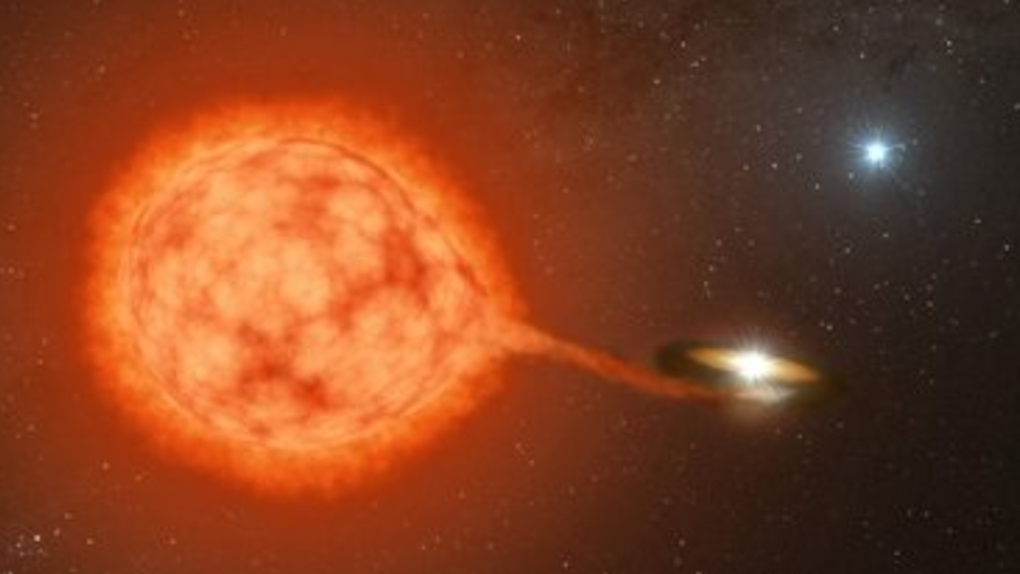
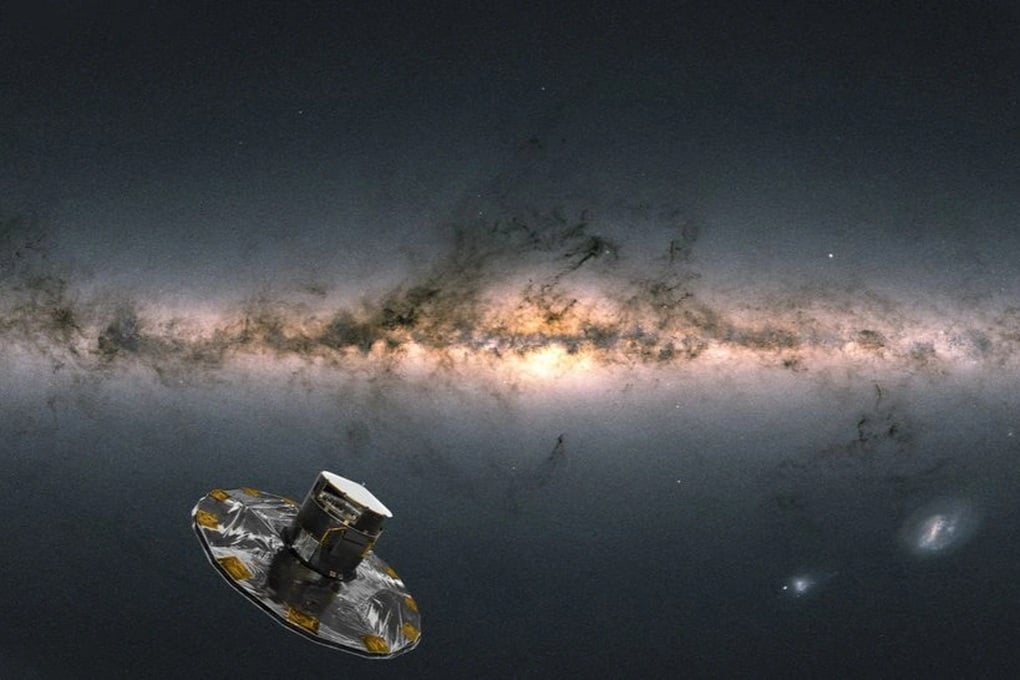



![[Image] Close-up of the newly discovered "sacred road" at My Son Sanctuary](/_next/image?url=https%3A%2F%2Fvphoto.vietnam.vn%2Fthumb%2F1200x675%2Fvietnam%2Fresource%2FIMAGE%2F2025%2F12%2F13%2F1765587881240_ndo_br_ms5-jpg.webp&w=3840&q=75)



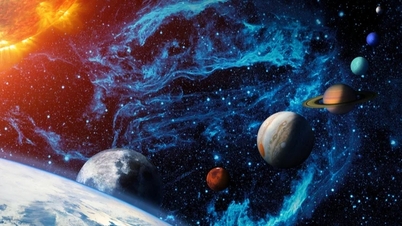







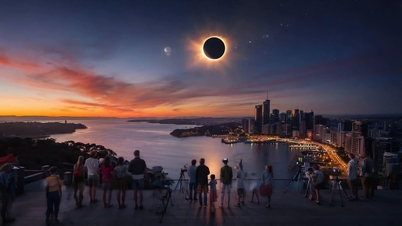







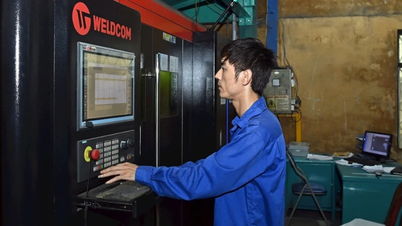






















































































Comment (0)